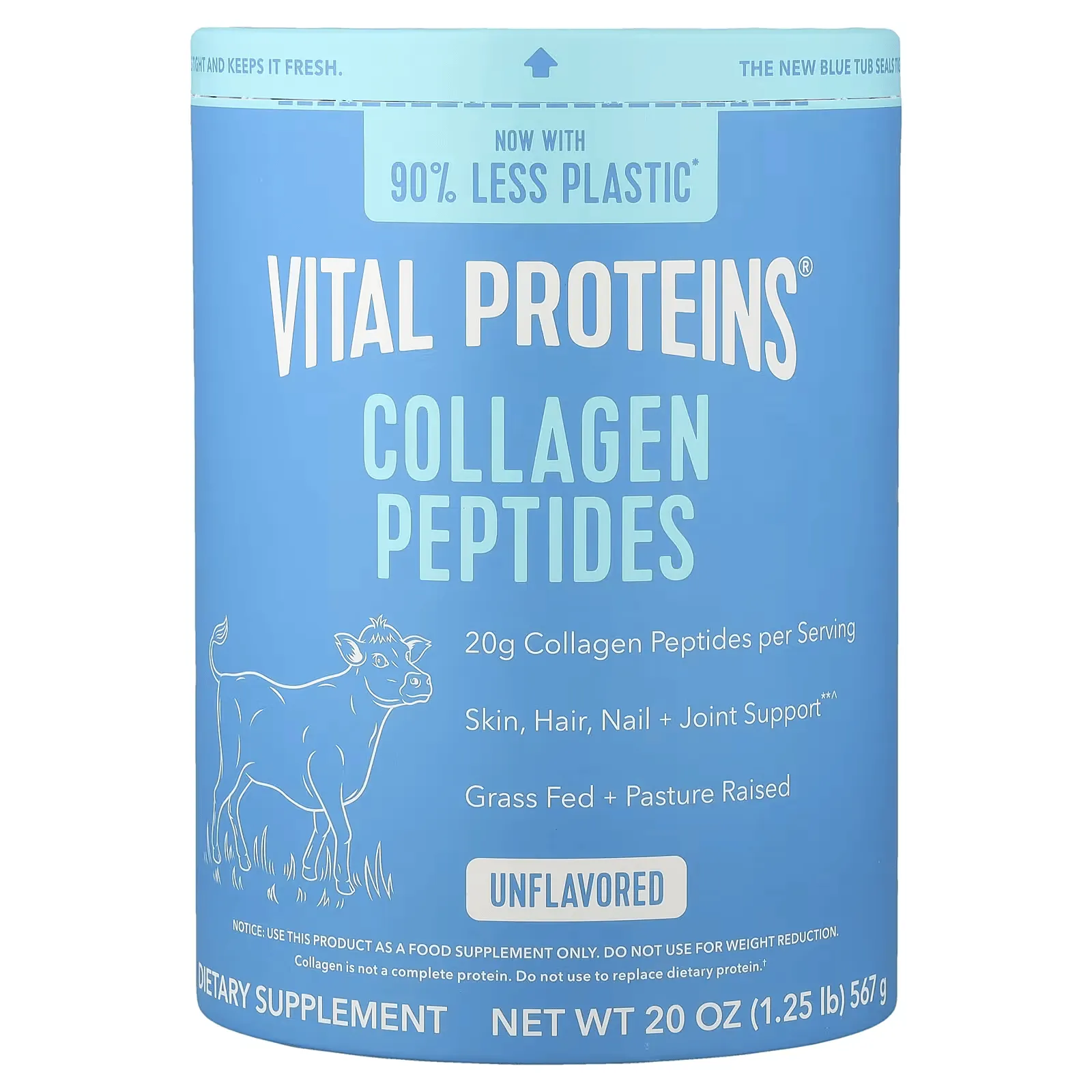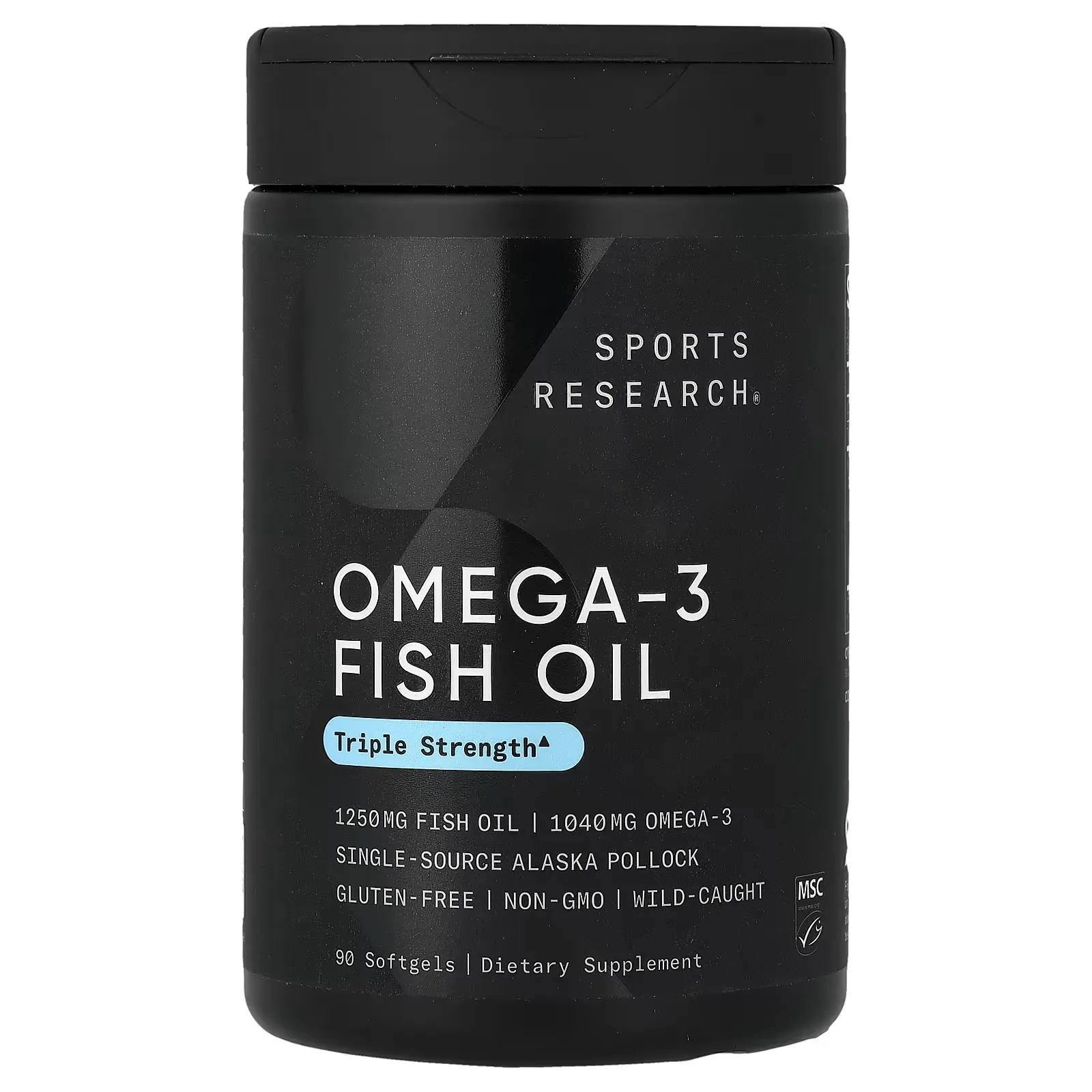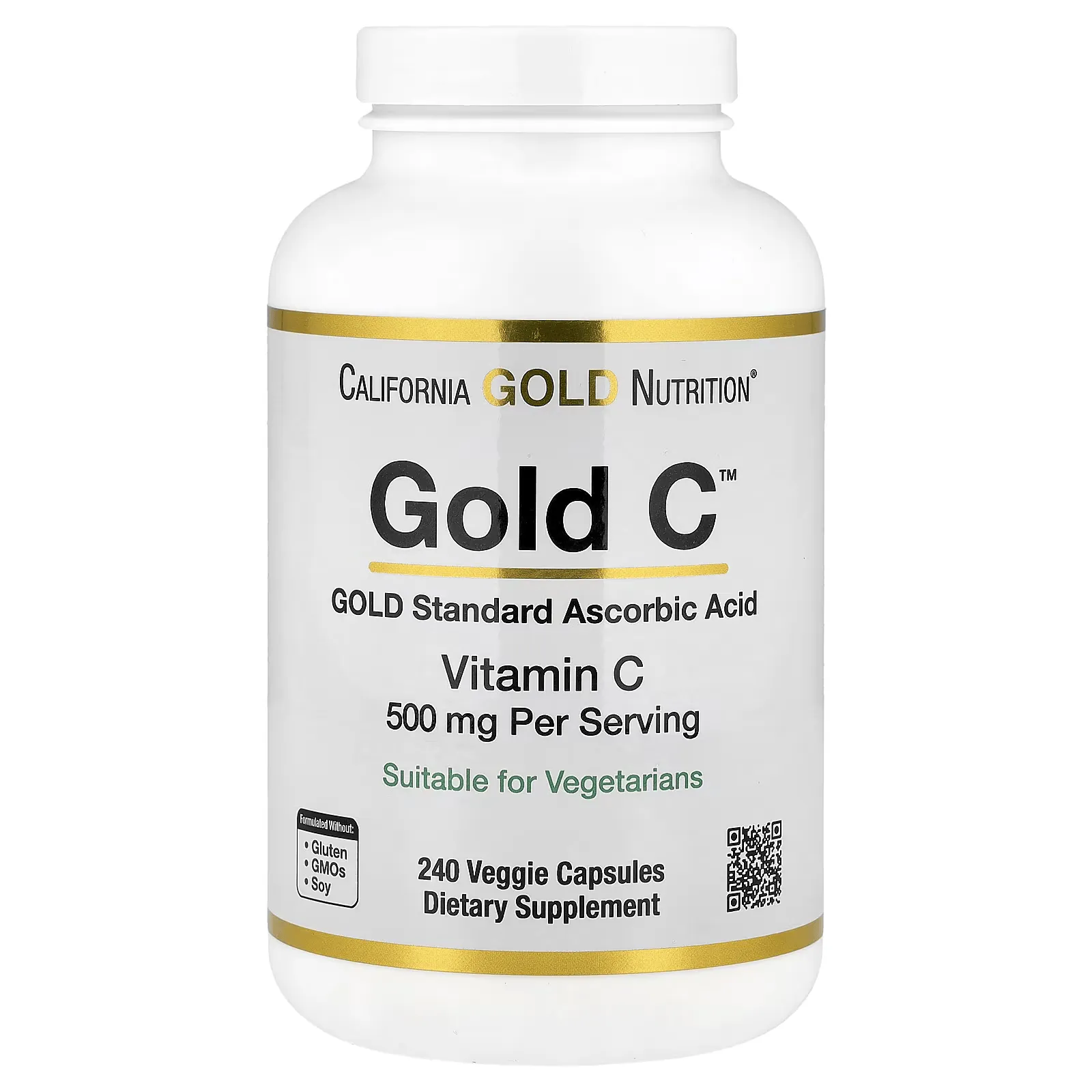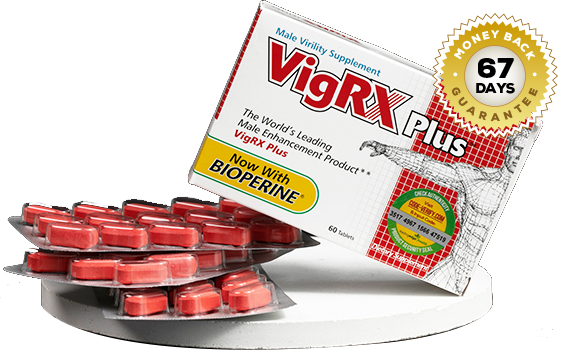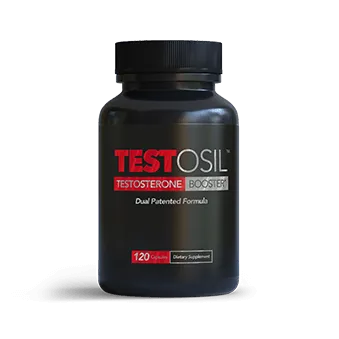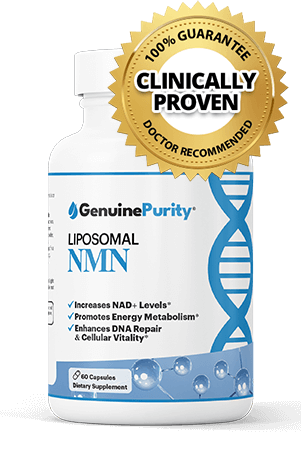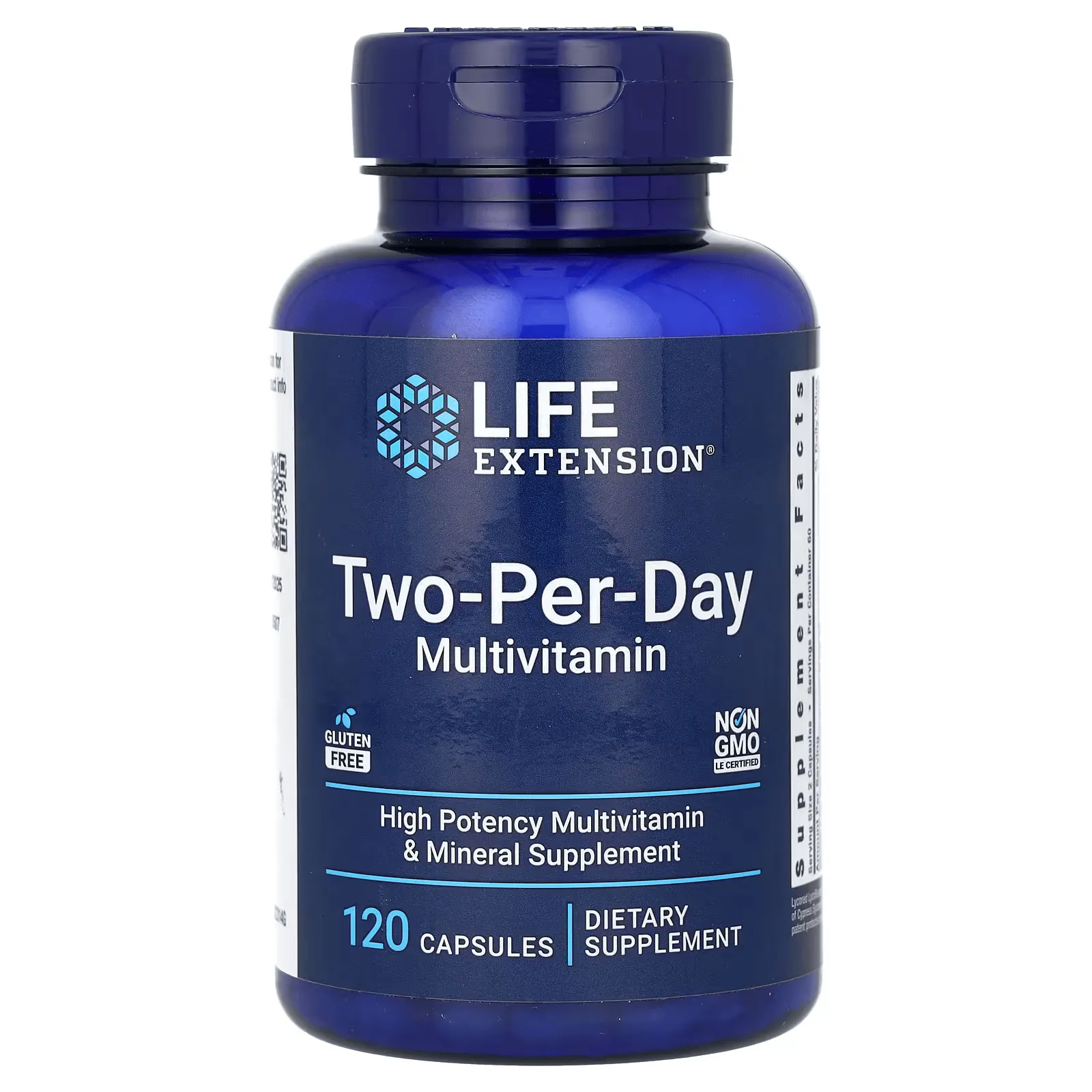
Home > Supplements > Inflammation Control
Inflammation Control — Curcumin (std.) & Fish Oil EPA/DHA
For recovery-supportive nutrition, pair a standardized curcumin extract with an evidence-based dose of fish oil (EPA/DHA) at meals. The aim is steady, food-anchored intake—not megadoses.
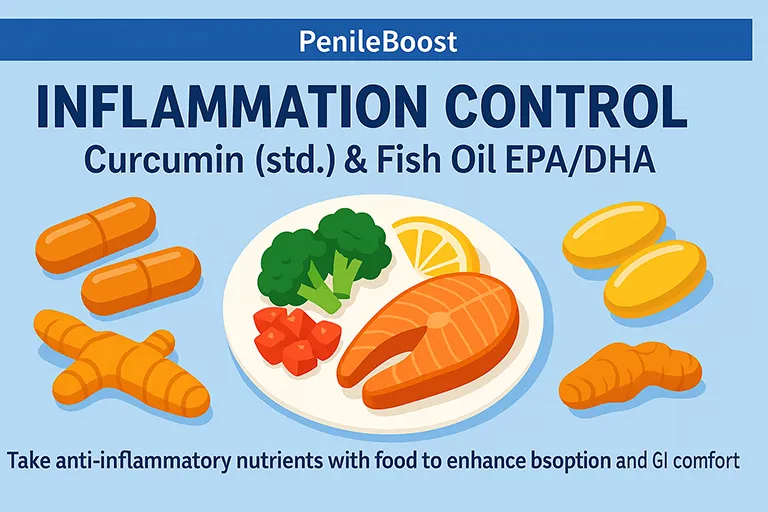
1) Curcumin — Forms & Dose
- Use standardized extract: e.g., 95% curcuminoids. Enhanced-absorption forms (with piperine or phospholipids) allow lower doses.
- Common range: 500–1000 mg/day (as curcuminoids), split with meals.
- Timing: once with lunch and/or dinner; fat in the meal improves uptake.
Tip: If your product contains piperine, some people prefer taking it away from certain meds due to absorption effects.
2) Fish Oil (EPA/DHA) — Dose & Timing
| Goal | Total EPA+DHA / day | How |
|---|---|---|
| General recovery | ~1–2 g | Split across 1–2 meals; choose IFOS-tested brand when possible. |
| Higher training load | ~2–3 g | Only if tolerated; reassess after 2–4 weeks. |
- Take with meals to reduce fishy burps and improve absorption.
- If you already eat fatty fish 2–3×/week, the lower end of the range is often sufficient.
3) Meals & Pairing
- With fat: olive oil, eggs, avocado, yogurt, or nuts improve curcumin and omega-3 uptake.
- With polyphenols: fruit/veg at the same meal support overall antioxidant status.
- Spacing: okay to take curcumin and fish oil together at one meal, or split across two.
4) Safety & Who Should Ask a Clinician
Ask first if you: take anticoagulants/antiplatelets, have gallbladder/bile duct disease, are preparing for surgery, are pregnant/breastfeeding, or have fish/shellfish allergy.
Disclaimer: Nutrition info here is general education and not medical advice.
5) FAQ
Krill oil vs. fish oil?
Both provide EPA/DHA. Fish oil usually offers more EPA+DHA per softgel and is easier to dose precisely.
Turmeric spice the same as curcumin?
Turmeric powder contains a small % of curcuminoids. Standardized extracts are used to achieve consistent intakes.
Updated: · Category: Supplements
